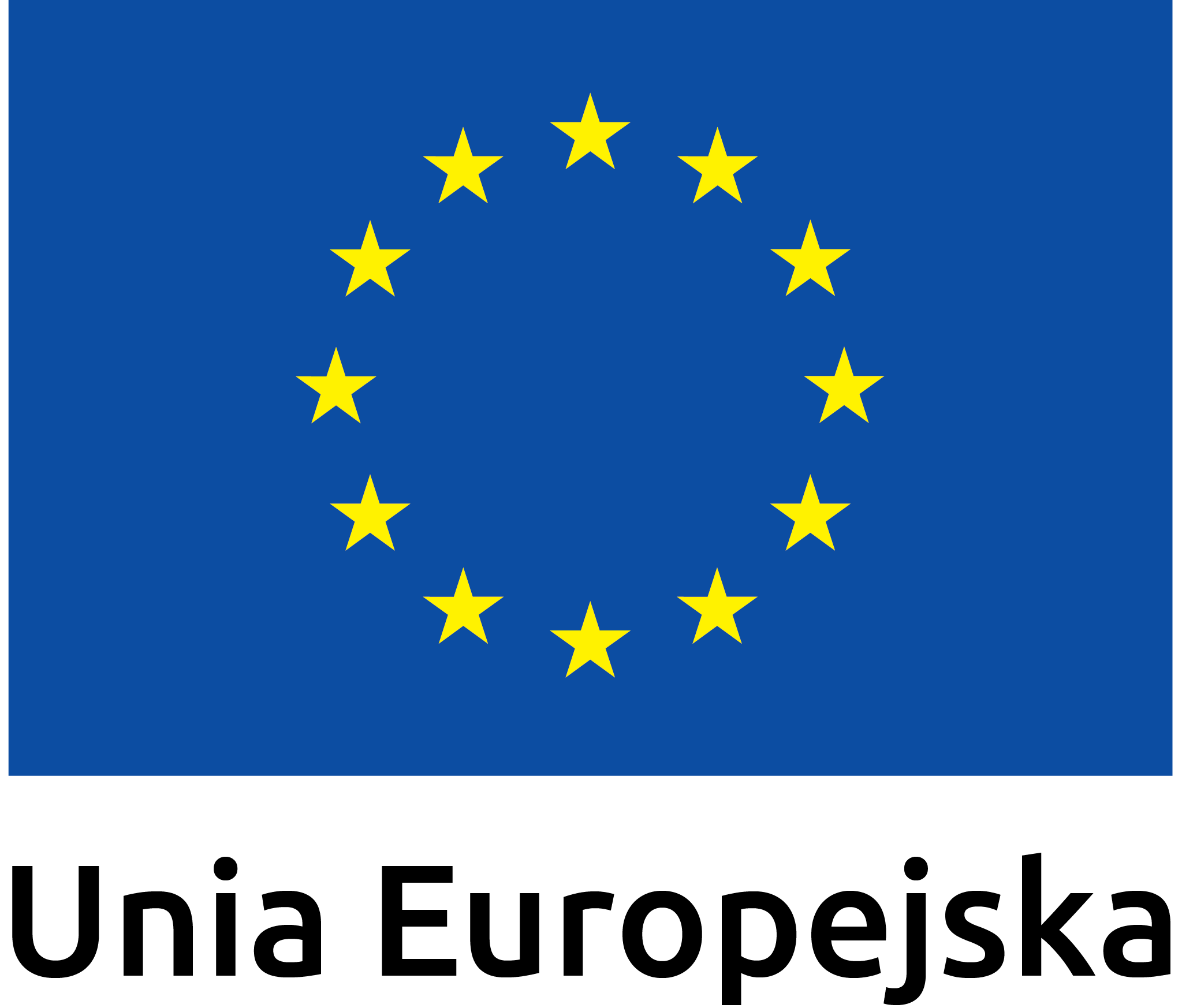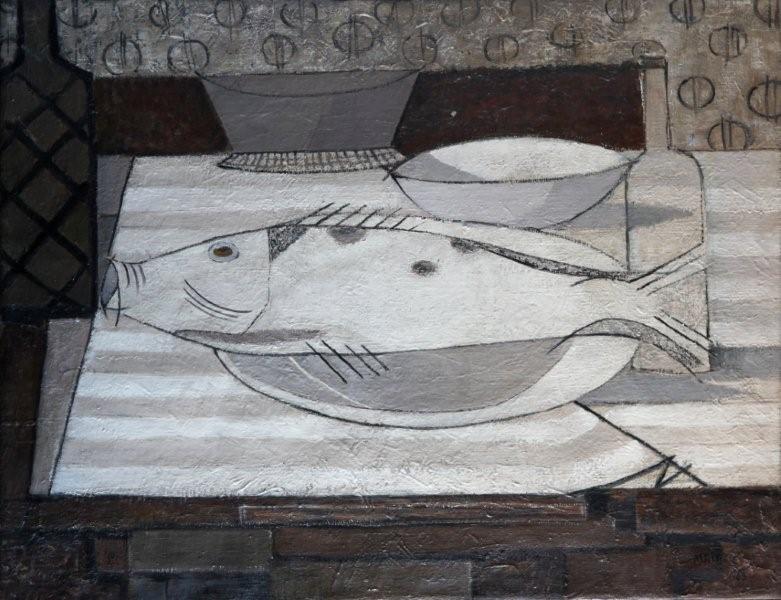Dates from the life of Maria Ritter
11 October 1899 Maria Ritter was born in Nowy Sącz as the fourth daughter of Feliks Ritter and Anna née Wiśniewski (later, an even younger brother of four sisters was born).
1919-1920 After graduating from elementary school and the Girls' Gymnasium in Nowy Sącz, she worked as a teacher in Ciechocinek for two years.
1921-1927 Studied in Krakow: exact philosophy and history of art at the Jagiellonian University (two years) and easel painting with Wojciech Weiss, graphics with Jan Wojnarski, sculpture with Xawery Dunikowski and wall techniques with Jan Hopliński at the Academy of Fine Arts (five years).
1924/1925 During a private trip to France, accompanied by Bolesław Barbacki (Maria's relative), the artist studied in Paris with Fernand Léger and Othon Friesz. At that time, she maintained contacts with the avant-garde group of Polish scholarship holders of the Krakow branch of the Academy of Fine Arts in Paris, led by Józef Pankiewicz. She copied the works of great masters in the Louvre: Rembrandt (Self-portrait, Henrikje), Leonardo da Vinci (St. John the Baptist), Velasquez (Infant Marguerite), Watteau (La Finette) and Reynolds (Portrait of a Child), getting to know the best patterns of art Dutch, Italian, Spanish, French and English.
1926 She took part in the exhibition "Independents" of young avant-garde individualists in Krakow (the first exhibition of the artist's works).
1927 She became a member of the moderate Krakow association "Zwornik", which brought together mainly colorists and artists creating in the spirit of post-impressionism (the group was active until 1939).
1934 This year she admired works of art and explored the secrets of wall painting in Italy.
1930s. Renovated, designed and painted polychromes in churches, e.g. she worked in the team of Józef Dutkiewicz at the restoration of the interior in Dębno Podhalańskie, she made paintings on the walls of temples in Rzeszów and Łańcut and in Paszyn near Mogilno near Nowy Sącz. She designed the Stations of the Cross for the spa church in Żegiestów.
1939-1945 Active in the underground, distributing illegal press and leaflets. On behalf of the Central Welfare Council, she participated in actions to help political prisoners and Poles displaced from the eastern territories. She cooperated with the Polish Red Cross and the Social Welfare Committee.
since 1945 She has undertaken social activities for the benefit of her hometown. She organized the Branch of the Association of Polish Artists and Designers and for many years she was on its Board and represented the interests of this association. among others she presented the problems of the Nowy Sącz creative environment during conventions in Warsaw and Kraków, and won the decision to purchase the works of artists from provincial centers far from the capital city.
1948 She painted polychromes in the interiors of churches in Brzesko and Tuchów.
from 1949 she was a councilor of the Municipal National Council in Nowy Sącz, a member of the Education Committee and the Monument Protection Commission.
1950 Joined the Polish Committee of the Defenders of Peace.
1955 She led a team consisting of: Zbigniew Borowski, Czesław Elster and Ewa Harsdorf during the renovation and partial reconstruction of the frescoes in the meeting room of the Nowy Sącz town hall.
1957 Together with her colleagues from the ZPAP Branch in Nowy Sącz, she led to the opening of the Bureau of Art Exhibitions in the tenement house at 34 Jagiellońska Street, personally overseeing the renovation of the interior for exhibition purposes. Together with Zbigniew Borowski, she saved the crumbling remnants of the polychrome found in the Jesuit monastery - the saved fragments, transferred to plaster boards, were donated to the museum.
1958 She decorated the walls of the sacristy of St. Małgorzata in Nowy Sącz according to his own design created in 1956-57.
1959 Created polychrome in the parish church in Witkowice near Kęty.
1960 She decorated the church in Jakubkowice with polychrome.
1961 Organized a jubilee, individual exhibition of painting and sculpture on the occasion of the 35th anniversary of creative work (the exhibition was shown in Nowy Sącz, Kraków, Rzeszów and Zakopane). She initiated the establishment of the "Group of Four" with Mieczysław Bogaczyk, Jan Dzieślewski and Stanisław Szafran (exhibitions of this group took place in the years 1963 - 1971).
1964 She designed and made many works for churches in the Diocese of Tarnów, e.g. images of St. Ursula to Korzenna and St. Antoni to Cikowice near Bochnia. She also made a bas-relief Pietá for the church in Grybów.
1965 Painted two curtain paintings for the altar in the church in Limanowa: Sacrifice and Coronation, and the Holy Family triptych for the school chapel of st. Kazimierz in Nowy Sącz with the scenes of Annunciation and Offering. For the school chapel in Nowy Sącz, she also made paintings of St. Casimir and Christ the Teacher.
1972/1973 Fulfilled orders for the design and execution of the stations of the Lord's Passion for the churches in Limanowa and Biesiadki. She also developed several versions of the Stations of the Cross intended for furnishing the churches in Kąclowa and Falkowa.
1973 At the request of the pastor of the church in Rzepiennik, she made a feretron with images of St. Francis/O. Maximilian Kolbe. She also painted a copy of the altar painting Transfiguration of the Lord for the church of St. st. Margaret in Nowy Sącz.
1974 After a severe stroke, paralyzed on the right side, unable to accept inactivity, she sketched clumsily, labeling these works with the inscription "left hand".
March 25, 1976 She died in Nowy Sącz and was buried in the family tomb at the municipal cemetery.
Biography prepared on the basis of the artist's diary and the text "Maria Ritter" by Maria Teresa Maszczak in the publication "Maria Ritter's picture gallery and old bourgeois interiors", Nowy Sącz 1999
1919-1920 After graduating from elementary school and the Girls' Gymnasium in Nowy Sącz, she worked as a teacher in Ciechocinek for two years.
1921-1927 Studied in Krakow: exact philosophy and history of art at the Jagiellonian University (two years) and easel painting with Wojciech Weiss, graphics with Jan Wojnarski, sculpture with Xawery Dunikowski and wall techniques with Jan Hopliński at the Academy of Fine Arts (five years).
1924/1925 During a private trip to France, accompanied by Bolesław Barbacki (Maria's relative), the artist studied in Paris with Fernand Léger and Othon Friesz. At that time, she maintained contacts with the avant-garde group of Polish scholarship holders of the Krakow branch of the Academy of Fine Arts in Paris, led by Józef Pankiewicz. She copied the works of great masters in the Louvre: Rembrandt (Self-portrait, Henrikje), Leonardo da Vinci (St. John the Baptist), Velasquez (Infant Marguerite), Watteau (La Finette) and Reynolds (Portrait of a Child), getting to know the best patterns of art Dutch, Italian, Spanish, French and English.
1926 She took part in the exhibition "Independents" of young avant-garde individualists in Krakow (the first exhibition of the artist's works).
1927 She became a member of the moderate Krakow association "Zwornik", which brought together mainly colorists and artists creating in the spirit of post-impressionism (the group was active until 1939).
1934 This year she admired works of art and explored the secrets of wall painting in Italy.
1930s. Renovated, designed and painted polychromes in churches, e.g. she worked in the team of Józef Dutkiewicz at the restoration of the interior in Dębno Podhalańskie, she made paintings on the walls of temples in Rzeszów and Łańcut and in Paszyn near Mogilno near Nowy Sącz. She designed the Stations of the Cross for the spa church in Żegiestów.
1939-1945 Active in the underground, distributing illegal press and leaflets. On behalf of the Central Welfare Council, she participated in actions to help political prisoners and Poles displaced from the eastern territories. She cooperated with the Polish Red Cross and the Social Welfare Committee.
since 1945 She has undertaken social activities for the benefit of her hometown. She organized the Branch of the Association of Polish Artists and Designers and for many years she was on its Board and represented the interests of this association. among others she presented the problems of the Nowy Sącz creative environment during conventions in Warsaw and Kraków, and won the decision to purchase the works of artists from provincial centers far from the capital city.
1948 She painted polychromes in the interiors of churches in Brzesko and Tuchów.
from 1949 she was a councilor of the Municipal National Council in Nowy Sącz, a member of the Education Committee and the Monument Protection Commission.
1950 Joined the Polish Committee of the Defenders of Peace.
1955 She led a team consisting of: Zbigniew Borowski, Czesław Elster and Ewa Harsdorf during the renovation and partial reconstruction of the frescoes in the meeting room of the Nowy Sącz town hall.
1957 Together with her colleagues from the ZPAP Branch in Nowy Sącz, she led to the opening of the Bureau of Art Exhibitions in the tenement house at 34 Jagiellońska Street, personally overseeing the renovation of the interior for exhibition purposes. Together with Zbigniew Borowski, she saved the crumbling remnants of the polychrome found in the Jesuit monastery - the saved fragments, transferred to plaster boards, were donated to the museum.
1958 She decorated the walls of the sacristy of St. Małgorzata in Nowy Sącz according to his own design created in 1956-57.
1959 Created polychrome in the parish church in Witkowice near Kęty.
1960 She decorated the church in Jakubkowice with polychrome.
1961 Organized a jubilee, individual exhibition of painting and sculpture on the occasion of the 35th anniversary of creative work (the exhibition was shown in Nowy Sącz, Kraków, Rzeszów and Zakopane). She initiated the establishment of the "Group of Four" with Mieczysław Bogaczyk, Jan Dzieślewski and Stanisław Szafran (exhibitions of this group took place in the years 1963 - 1971).
1964 She designed and made many works for churches in the Diocese of Tarnów, e.g. images of St. Ursula to Korzenna and St. Antoni to Cikowice near Bochnia. She also made a bas-relief Pietá for the church in Grybów.
1965 Painted two curtain paintings for the altar in the church in Limanowa: Sacrifice and Coronation, and the Holy Family triptych for the school chapel of st. Kazimierz in Nowy Sącz with the scenes of Annunciation and Offering. For the school chapel in Nowy Sącz, she also made paintings of St. Casimir and Christ the Teacher.
1972/1973 Fulfilled orders for the design and execution of the stations of the Lord's Passion for the churches in Limanowa and Biesiadki. She also developed several versions of the Stations of the Cross intended for furnishing the churches in Kąclowa and Falkowa.
1973 At the request of the pastor of the church in Rzepiennik, she made a feretron with images of St. Francis/O. Maximilian Kolbe. She also painted a copy of the altar painting Transfiguration of the Lord for the church of St. st. Margaret in Nowy Sącz.
1974 After a severe stroke, paralyzed on the right side, unable to accept inactivity, she sketched clumsily, labeling these works with the inscription "left hand".
March 25, 1976 She died in Nowy Sącz and was buried in the family tomb at the municipal cemetery.
Biography prepared on the basis of the artist's diary and the text "Maria Ritter" by Maria Teresa Maszczak in the publication "Maria Ritter's picture gallery and old bourgeois interiors", Nowy Sącz 1999

